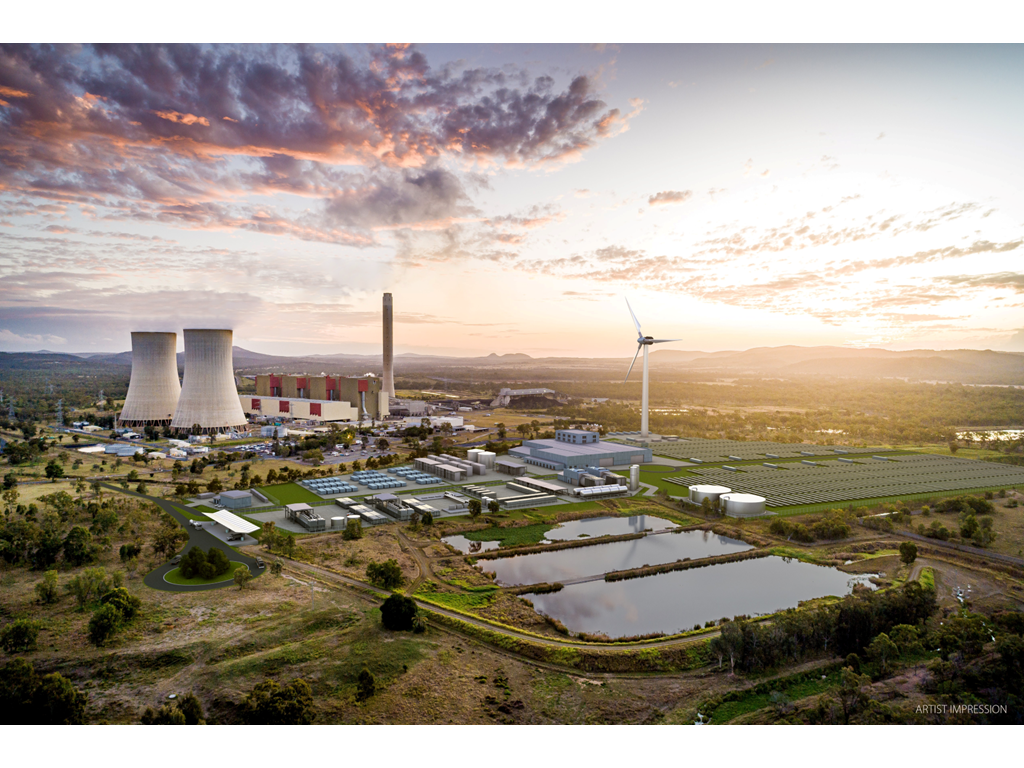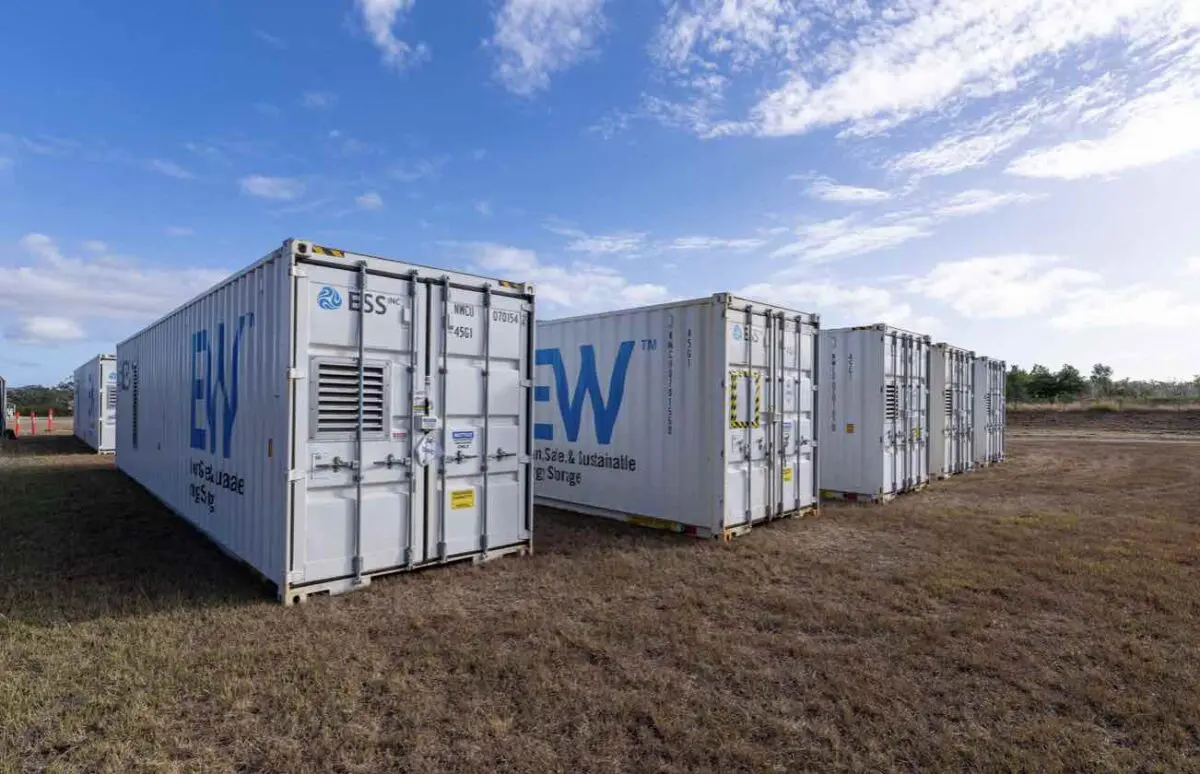
Stanwell Corporation, in a visionary move, is paving the way toward a greener energy future while maintaining energy reliability. They have undertaken a significant retrofit of their 4x350MW BHK boilers with Low NOx Burners at the Stanwell Power Station to reduce harmful nitrogen oxide emissions. In parallel, they are expanding their energy storage capacity with an ambitious 1.45 GW/2.9 GWh battery storage project. This dual approach demonstrates Stanwell's commitment to environmental sustainability and positions them at the forefront of the energy transition, balancing the stability of coal-derived baseload power with the flexibility and renewable integration offered by battery storage. This strategic initiative not only aligns with Australia's broader environmental goals but also ensures that Stanwell can meet contemporary energy demands with a reduced carbon footprint.
In a strategic move to bolster its renewable energy portfolio while maintaining grid reliability, Stanwell Corporation has announced plans to construct a substantial 1.45 GW/2.9 GWh battery storage facility adjacent to its coal-fired Stanwell Power Station in Central Queensland. This large-scale battery system is designed to support the integration of renewable energy into the grid, providing essential services such as Frequency Control Ancillary Services (FCAS) to maintain balance between supply and demand. The project, indicative of Queensland's broader initiative to meet its renewable energy targets, emphasizes the critical role of energy storage in transitioning to a sustainable power system. This development is a step towards utilizing renewable sources more effectively while leveraging existing infrastructure to ensure continuous and reliable energy supply.
According to the planning report, the BESS would be installed on a 12-hectare site near the Stanwell Power Station and would be built in two stages. Stage one would involve the installation of lithium-ion batteries with an output of 150 MW/300 MWh while stage two may use lithium-ion or flow battery technology with an output of up to 1,300 MW/2,600 MWh.
Stanwell, which is also progressing plans to develop a 150 MW/300 MWh battery adjacent to the Tarong Power Station site near Nanango in the South Burnett, said it is seeking to develop a high-quality, cost-effective portfolio of renewable energy and energy storage assets to support its long-term strategy of providing low-emissions solutions to commercial and industrial retail customers.
Stanwell Corporation also supersized its plans to develop grid-scale iron flow battery storage systems in collaboration with Queensland-based battery manufacturer Energy Storage Industries – Asia Pacific, announcing a binding agreement that could deliver a 150 MW commercial battery by as early as 2029.

